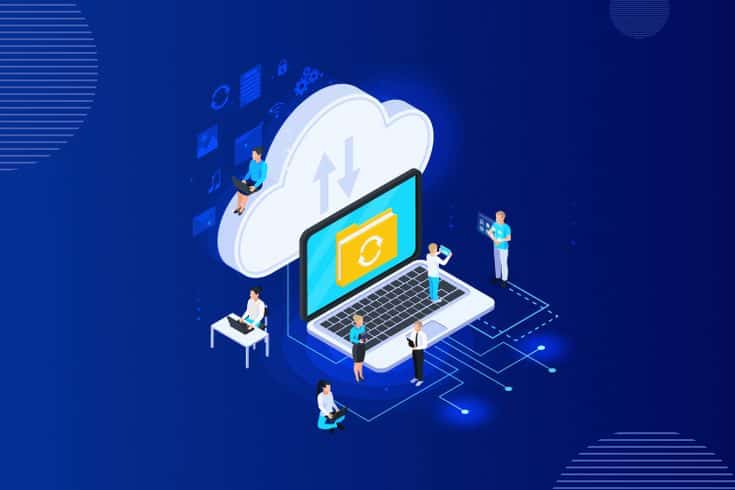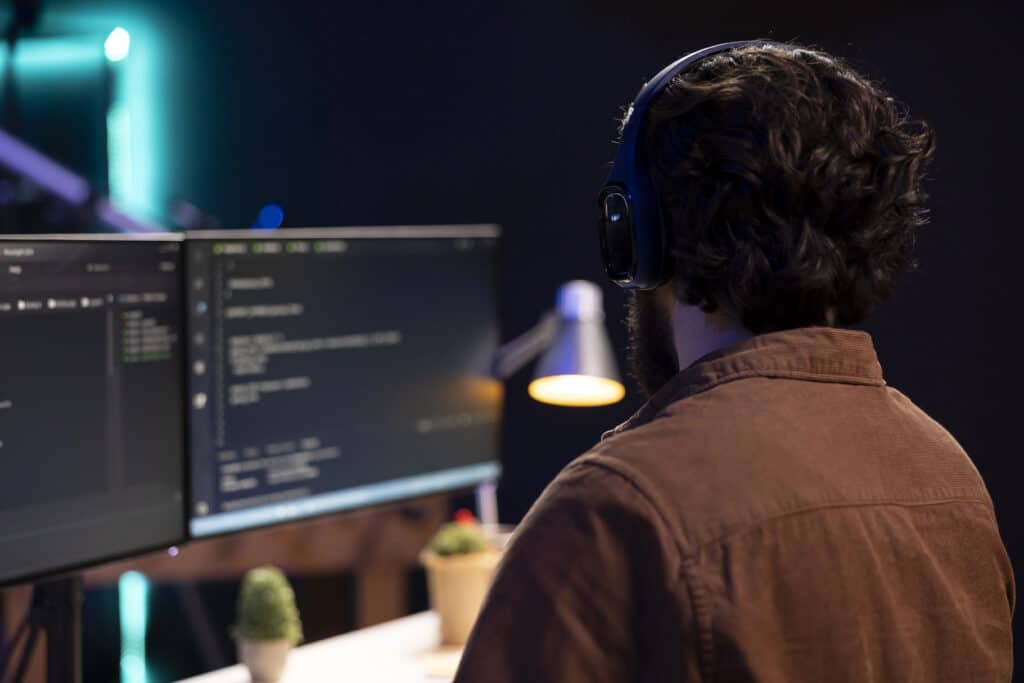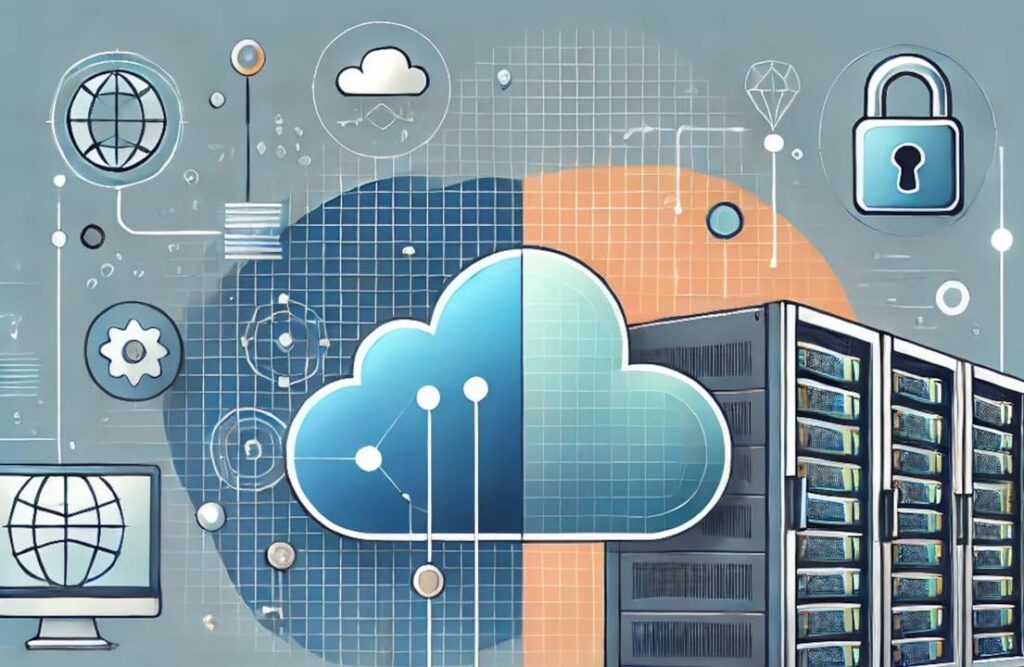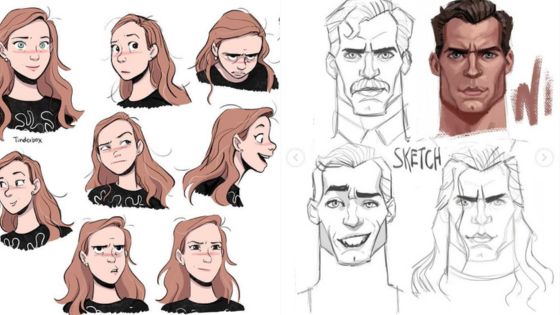
Introduction
Working remotely is the new norm, but rendering complex scenes continues to be a challenge for designers, animators, and 3D artists. CPU-intensive tasks can make local machines crawl, and remote working adds another layer of complication. Cloud rendering to the rescue, and it offers silky-smooth, location-independent workflows. As a result of using render farms in the cloud, professionals can now render high-res productions without being tied to one workstation.
Why Location No Longer Limits Creative Work

The creative industry has evolved, with design houses, animation departments, and VFX artists often working across multiple time zones. The old way of rendering, using in-house render farm servers, can prove to be a bottleneck while the team works remotely. Cloud rendering services overcome this challenge by making sure that files are uploaded, processed, and downloaded on one platform from any part of the world.
This is a shift such that a freelancer in Berlin can collaborate with a studio in Los Angeles and a customer in Tokyo without a hitch. Artists don’t have to hang around for office hours or equipment in their vicinity to be free—rendering in the cloud has projects still progressing regardless of where artists find themselves.
What Is Cloud Rendering and How Does It Work?

Cloud rendering is offloading the processing of 3D rendering to distant servers instead of on-site. This is how it works:
- Upload – Artist scene files are uploaded onto a cloud render farm via a web interface.
- Process – Render farm software dispatches the work onto numerous powerful servers and splits the workload, dramatically reducing the time to render versus a single workstation.
- Return – Once rendering is complete, the final output can be downloaded in high resolution to be reused for editing purposes or presentation.
Unlike usual render services, which might accompany physical infrastructure, cloud based rendering is entirely online and therefore accessible via any device that is connected to the internet.
Key Advantages of Rendering in the Cloud

Making the transition to online rendering has several amazing benefits:
- Mobility & Flexibility – Work from anywhere without remaining static at a high-performance workstation.
- No Hardware Upgrades – Abandon costly investments in CPUs and GPUs with the utilization of render farm services.
- Time Savings – Parallel processing in a cloud render farm drastically reduces render service times.
- Cross-Platform Access – Functions on Windows, macOS, and Linux to ensure seamless workflows.
- Scalability – Scale up and down depending on project needs without multi-year contracts.
For production houses handling large-budget projects, 3D cloud rendering provides deadlines with no compromise on quality.
Who Benefits Most from Remote Rendering?

Some professionals and crews can gain the most from online render farm solutions:
- Freelancers & Digital Nomads – Take advantage of pro-level rendering capability from anywhere outside the office, from home or cafes, even while traveling overseas. Cloud-based solutions do away with the expense of local hardware.
- Hybrid Studios – Bring together in-office and remote collaborators into one, cohesive group with cloud-centralized rendering, meaning everyone gets the same level of processing power regardless of where they’re located.
- Global VFX Teams – Maximize 24/7 productivity by loading rendering onto global offices in various time zones and essentially building an around-the-clock production pipeline.
- Architects & Product Designers – Enjoy instant access to high-end rendering power on demand for client presentations without workstation upgrades at a tremendous up-front capital cost for periodic high-load projects.
From rendering from the road, from a co-working environment, or as a temporary project team lead, cloud rendering service solutions like Rebus Render Farm streamline workflows.
Cloud Rendering in Action — Use Cases Across Industries

The ease of rendering on the cloud renders it invaluable in numerous industries:
- Architecture – Render photorealistic scenes on time for client pitches.
- Game Development – Render and test intricate scenes without overloading local computers.
- Animation & VFX – Render out epic sequences leveraging distributed render farm services.
- Product Design – Rapidly design with minimal turnaround times for online cloud rendering.
Cloud-based collaboration also allows clients and agencies to comment and review renderings in real-time, optimizing feedback loops.
Tips to Stay Productive While Rendering Remotely

To use a render farm service with optimal efficiency, observe these best practices:
- Backup Scene Files – Review through all your texture paths and reference materials before submission to prevent renders from failing failed to missing files or references.
- Monitor Jobs Online – Use real-time monitor progress and estimated completion times indicated through web dashboards to streamline your workflows.
- Secure Connections – Always utilize VPN or SFTP when transferring proprietary 3D assets to protect client work and intellectual property.
- Optimize Settings – Test render presets to achieve the best output quality versus processing time for each requirement of each project.
There are many platforms, including Rebus Render Farm, that have integrated notifications and usage analysis so artists can stay in control.
Choosing the Right Cloud Rendering Partner

All cloud rendering services are not created equal. When selecting a partner, seek out:
- Software Compatibility – Support for all of your 3D software versions and plugins to prevent last-minute technical nightmares.
- User Interface – Choose tools with simple-to-use job submission and render management interfaces that are easy to access to cut setup time.
- Visibility of Costs – Require providers with solid cost models that will not surprise you with unanticipated charges for common rendering scenarios.
- Customer Support – Have easy access to qualified technical support, especially under the stress of tight deadline submissions on mission-critical projects.
For the best cloud rendering services, a cloud render farm needs to be painless, affordable, and efficient.
Cloud Rendering Isn’t the Future — It’s Already Here
Sitting in front of a high-end workstation is something of the past now. Cloud rendering has revolutionized how studios and artists work with 3D production, providing increased
convenience and productivity than ever before. One solo freelancer or a network of freelancers anywhere globally, working with cloud-based render farm software, means projects are done quicker without boundaries.
Since technology is ever-improving, cloud rendering is no longer a luxury but rather a necessity for today’s creative artists. Software like Rebus Render Farm demonstrates that the best online rendering software in the world is already available, enabling artists to work anywhere and anytime.
- 0shares
- Facebook0
- Pinterest0
- Twitter0
- Reddit0













